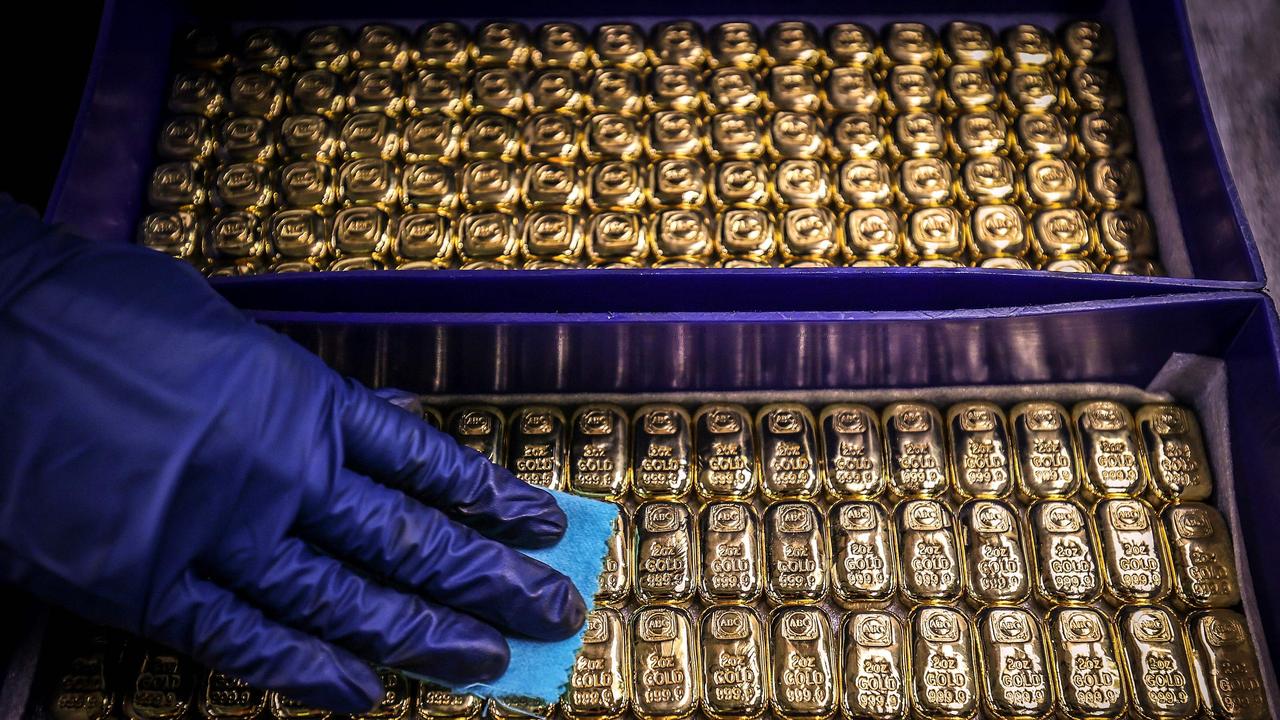RBA plan won’t cool property prices because wealthier homeowners are upgrading

Some commentators have voiced concern about the prospect of housing price growth becoming problematic. They have suggested that Australia may need to follow New Zealand’s lead in tightening macroprudential lending standards.
Meanwhile, it is important to note that the Morrison government’s bill to relax responsible lending rules is stuck in the Senate, being opposed by Labor and the Greens.
In response to surging property prices in New Zealand, the Arden government tightened loan rules on March 1 and again on May 1. NZ banks now require most borrowers to have much larger deposits or equity in property. They must reduce lending to homeowners that borrow more than 80 per cent of a property’s value to less than 20 per cent of total lending.
What’s more, most investors (95 per cent) need to have a loan-to-value ratio of less than 60 per cent to qualify for a loan.
Property price growth in New Zealand in June cooled marginally, but it’s too soon to tell whether these policies will have the desired effect.
Back on Australian shores, it is important to understand what types of buyers are driving property prices higher. Lending data provides this insight.
On average, over the five months to May, Australian home buyers borrowed $21.5bn per month. That volume is well above the long-term monthly trend of $10bn to $15bn.
While lending to investors rose by 13 per cent in May to $9bn, it is still within the long-term band of $5bn to $10bn per month. It is noteworthy that investment loan volume averaged only $5.1bn per month over the 2019 and 2020 calendar years, which is below the long-term average of $7.3bn (adjusted for inflation).
This data clearly demonstrates that home buyers (mainly upgraders) – not investors – are largely responsible for driving Australian property prices higher in the latest cycle.
It has been well documented that the lowest 40 per cent of income earners have unfortunately been adversely impacted by the Covid lockdowns. Whereas the top 40 per cent of income earners have been lucky enough to avoid financial adversity. In fact, many are in a stronger financial position compared to pre-Covid.
This stands to reason, as higher income earning occupations tend to lend themselves more to working from home whereas, for example, a hospitality worker or taxi drives must get out and about to do their jobs.
Therefore, logic suggests that if lower-income earners have been adversely affected by Covid, then it’s more likely that the majority of recent home loan borrowers are higher income earners.
As I wrote in these pages in October last year, luxury property buyers have the most to gain from low interest rates. I predicted at that time the top-end sector would lead the housing market recovery, and this has most certainly been the case.
Higher income earners, and particularly home upgraders, tend to have relatively strong financial positions. That is, they tend to have a significant amount of equity in property. Therefore, if the government opted to follow New Zealand and tighten loan-to-value ratio rules, it is unlikely to adversely affect this cohort.
However, unfortunately, it will further disadvantage lower-income earners who have already suffered throughout the Covid period.
A policy response such as this would probably not only fail in restraining property price growth, but it is likely that it would contribute to wealth inequality.
Obviously, property prices are rising because demand exceeds the supply of established properties for sale. If we agree that changes to macroprudential lending standards are unlikely to cool demand, then the only way to cool prices is to increase supply.
Undoubtedly, property owners are reluctant to list their property for sale due to the risk of Covid lockdowns interrupting their sales campaign.
They may also be concerned that they will not be able to find a replacement home, due to a lower volume of listings in some locations.
Accordingly, the supply of established houses for sale probably will not rise materially until the likelihood of further lockdowns diminishes, which may not be until the second quarter of 2022.
Stuart Wemyss is an independent financial adviser and author of Investopoly & Rules of the Lending Game.




According to CoreLogic, the national median property price increased by 13.5 per cent over the financial year ended June 2021. Darwin, Hobart and Canberra outperformed, delivering more than 18 per cent growth.